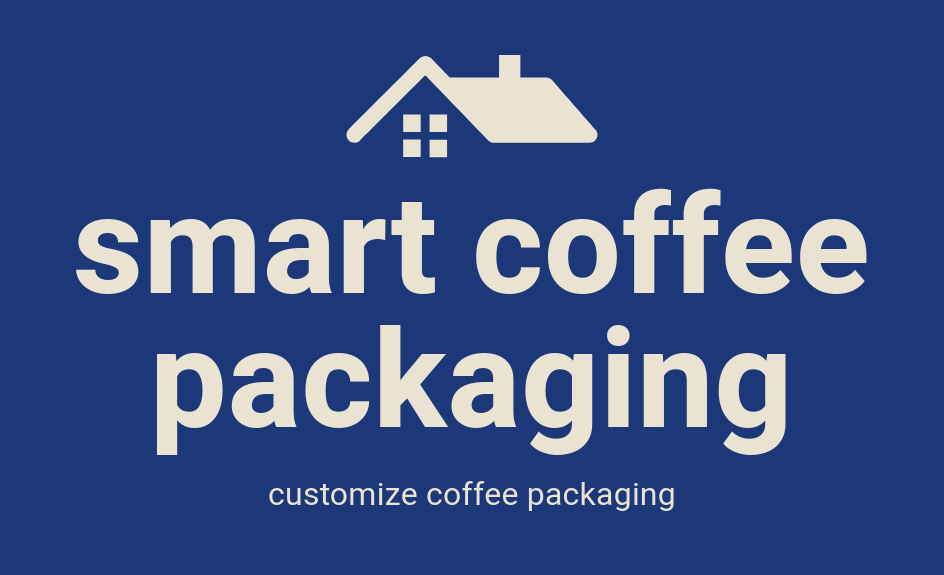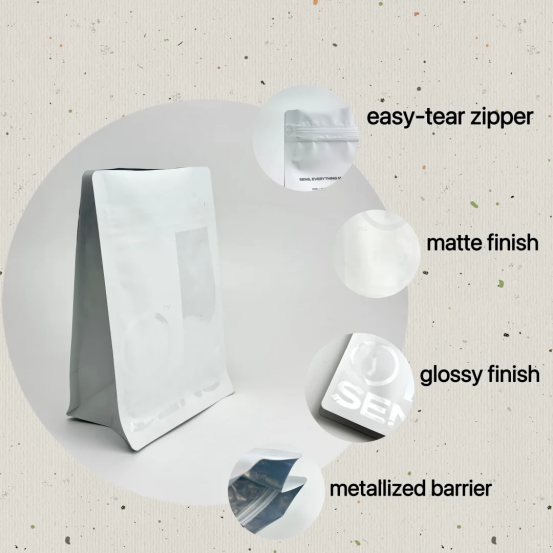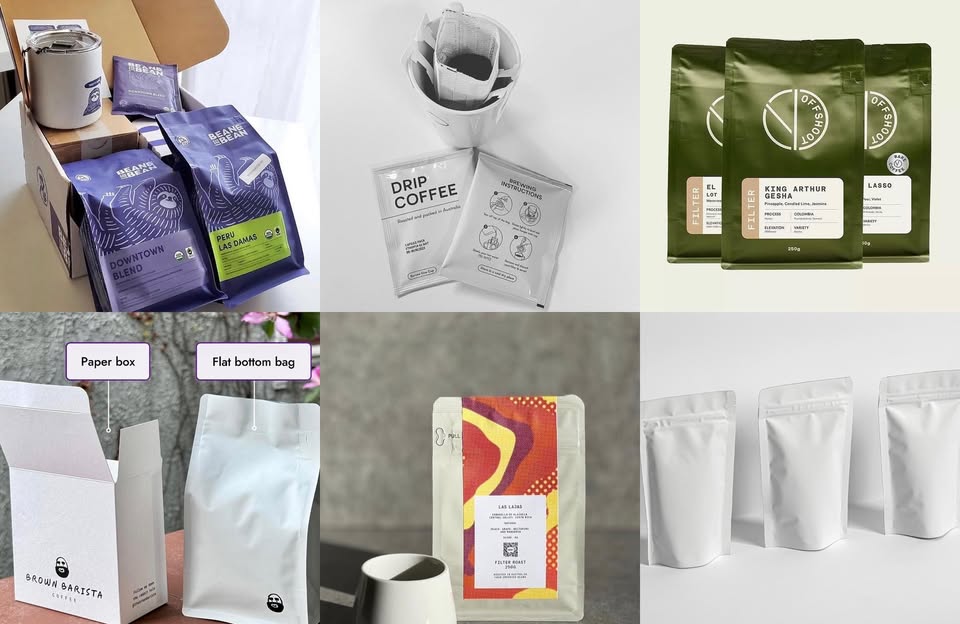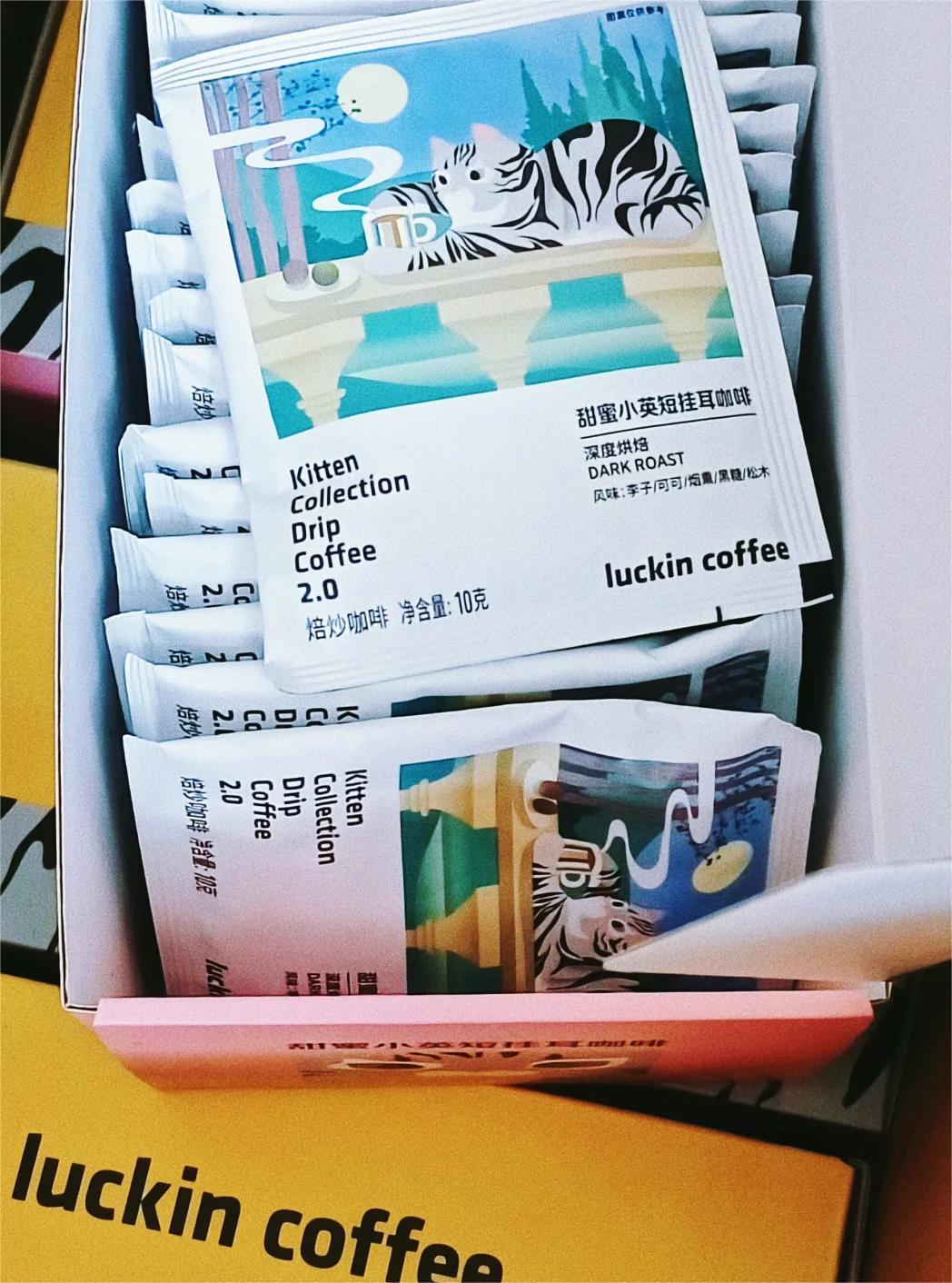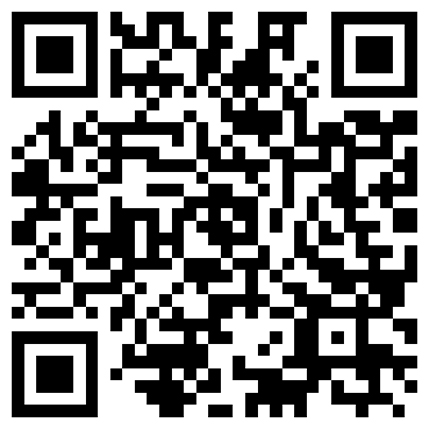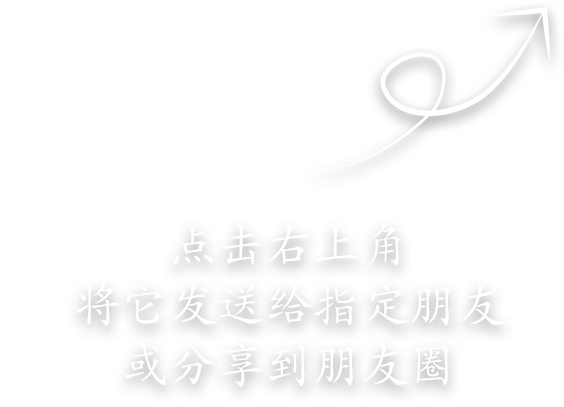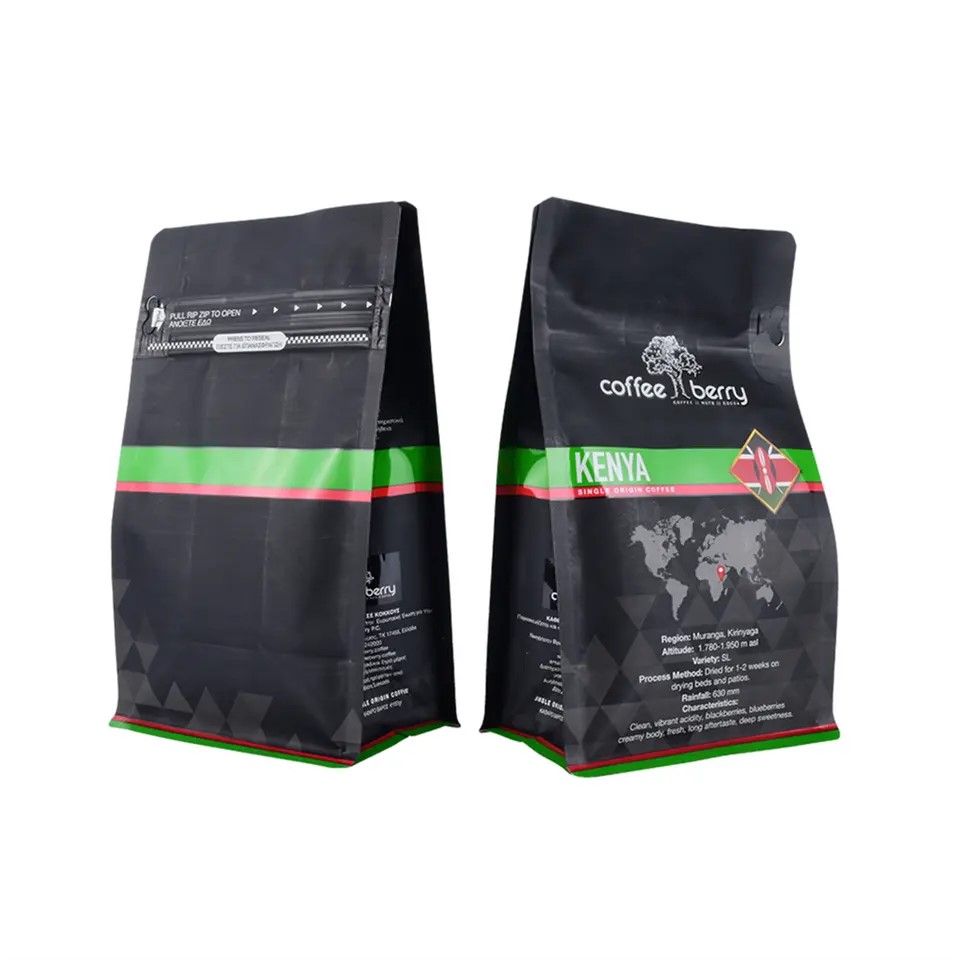
Choosing the right printing method for coffee packaging bags is critical to balancing aesthetics, cost, and functionality. Here’s a detailed comparison of digital and traditional printing techniques, along with their advantages and limitations:
1. Digital Printing
Process: Digital printing transfers designs directly from digital files to packaging materials using inkjet or laser technology, eliminating the need for physical plates.
Advantages:
Flexibility: Ideal for small batches or custom orders with no minimum quantity requirements. Perfect for seasonal designs, limited editions, or personalized packaging.
Quick Turnaround: No plate setup reduces production time, enabling faster prototyping and delivery (often within days).
High Detail & Color Accuracy: Supports intricate designs, gradients, and photorealistic images with precise color matching.
Cost-Effective for Short Runs: Lower upfront costs since no plates or screens are required.
Sustainability: Reduced material waste and energy use compared to traditional methods.
Disadvantages:
Higher Per-Unit Cost: Economically inefficient for large-scale production.
Material Limitations: May not adhere well to certain substrates (e.g., metallic or textured films).
Durability Concerns: Inks can be less resistant to scratching, moisture, or UV exposure compared to traditional methods.
2. Traditional Printing
Process: Includes flexography, gravure, and offset printing. Uses engraved plates or rollers to transfer ink onto packaging materials.
Advantages:
Cost-Efficiency for Bulk Orders: Per-unit cost drops significantly with high volumes.
Superior Durability: Inks (e.g., solvent-based) bond strongly to materials, ensuring resistance to abrasion and environmental factors.
Material Versatility: Works well on diverse substrates, including laminated films, kraft paper, and metallized surfaces.
Vibrant Colors: Achieves consistent, opaque colors for bold branding elements.
Disadvantages:
High Setup Costs & Time: Plate creation and color calibration extend lead times (weeks) and increase upfront expenses.
Limited Customization: Design changes require new plates, making small batches or frequent revisions impractical.
Environmental Impact: Higher waste from plate production, excess ink, and longer energy consumption.
Key Differences Summary
Factor | Digital Printing | Traditional Printing |
Best For | Small batches, customization | Large volumes, standardized designs |
Setup Cost | Low | High |
Production Speed | Fast (no plates) | Slow (plate-dependent) |
Color Consistency | High (digital precision) | High (once calibrated) |
Eco-Friendliness | Better (less waste) | Moderate (higher resource use) |
Application in Coffee Packaging
Digital: Suits artisanal roasters, niche brands, or seasonal campaigns requiring agility and unique designs.
Traditional: Favored by large-scale producers prioritizing cost efficiency and durability for long-term, high-volume runs.
By understanding these differences, coffee brands can select the optimal printing method to align with their budget, sustainability goals, and market strategy.
